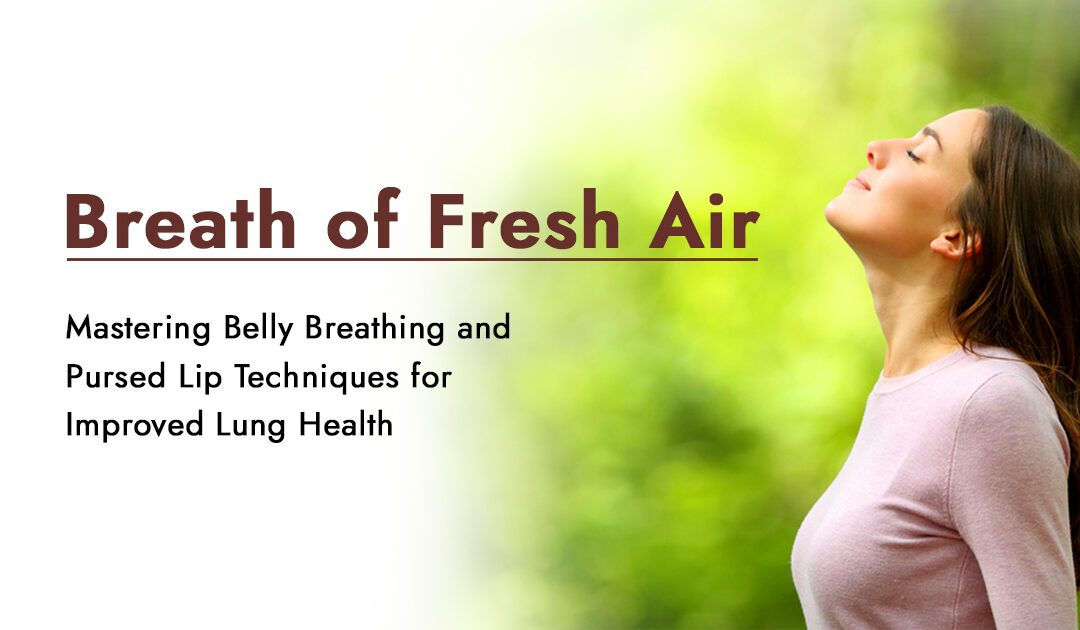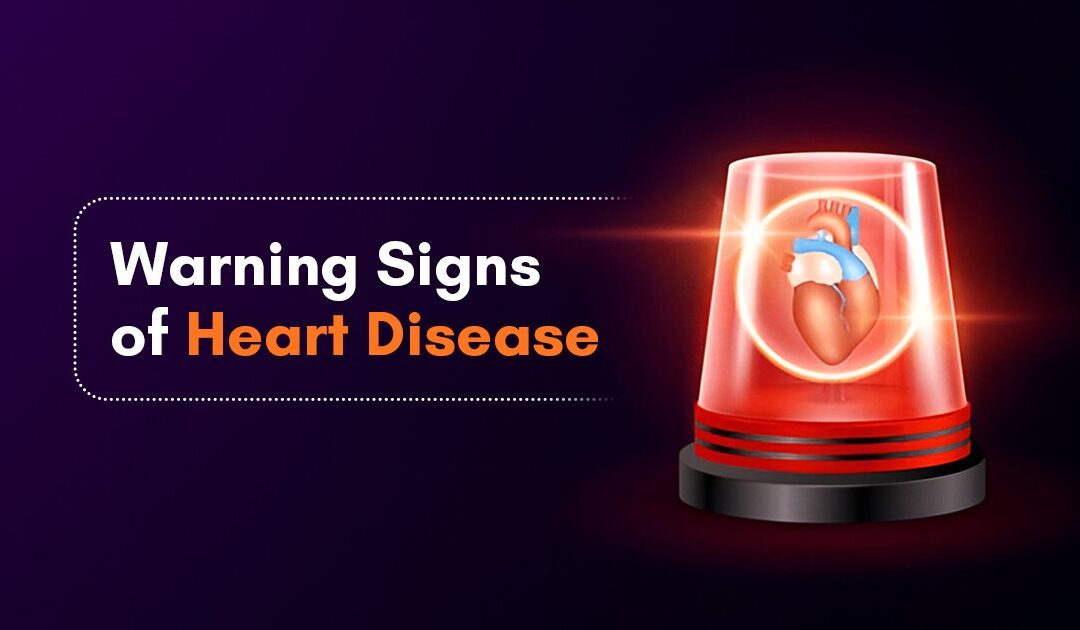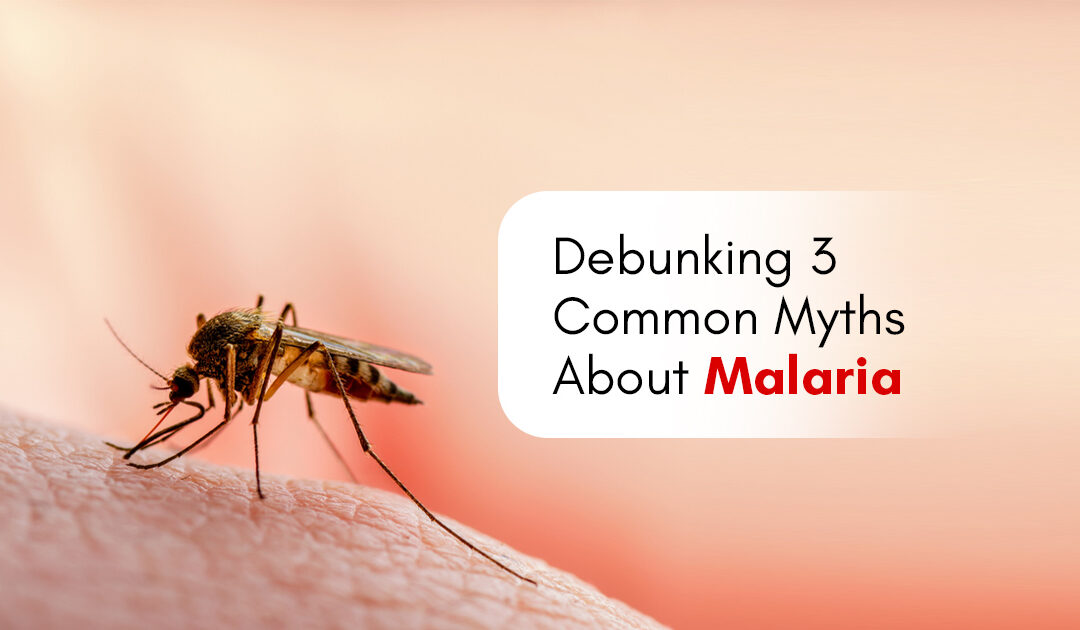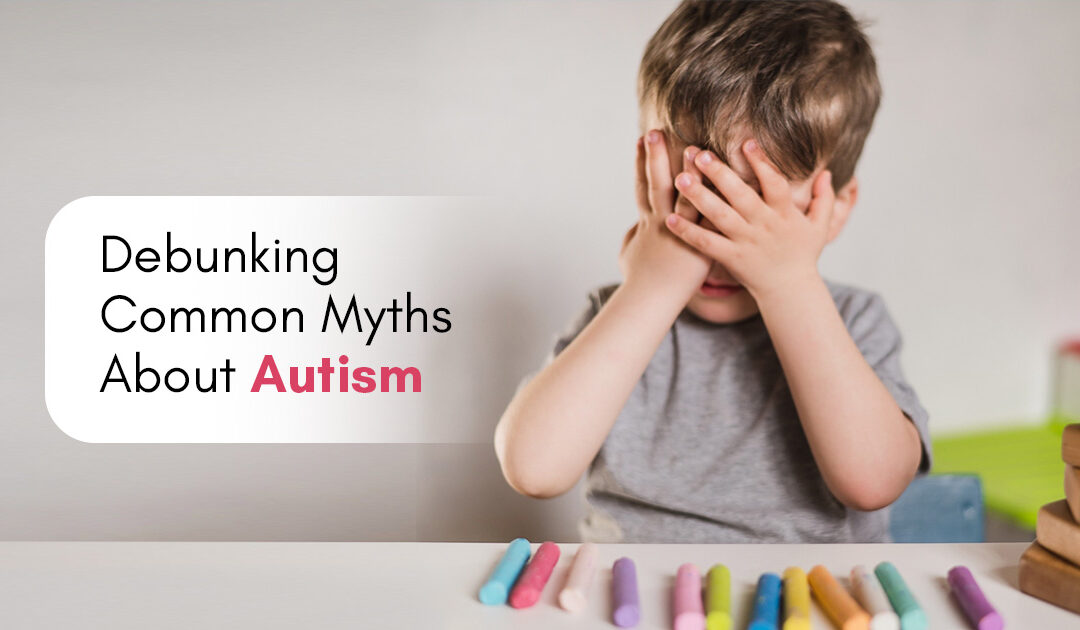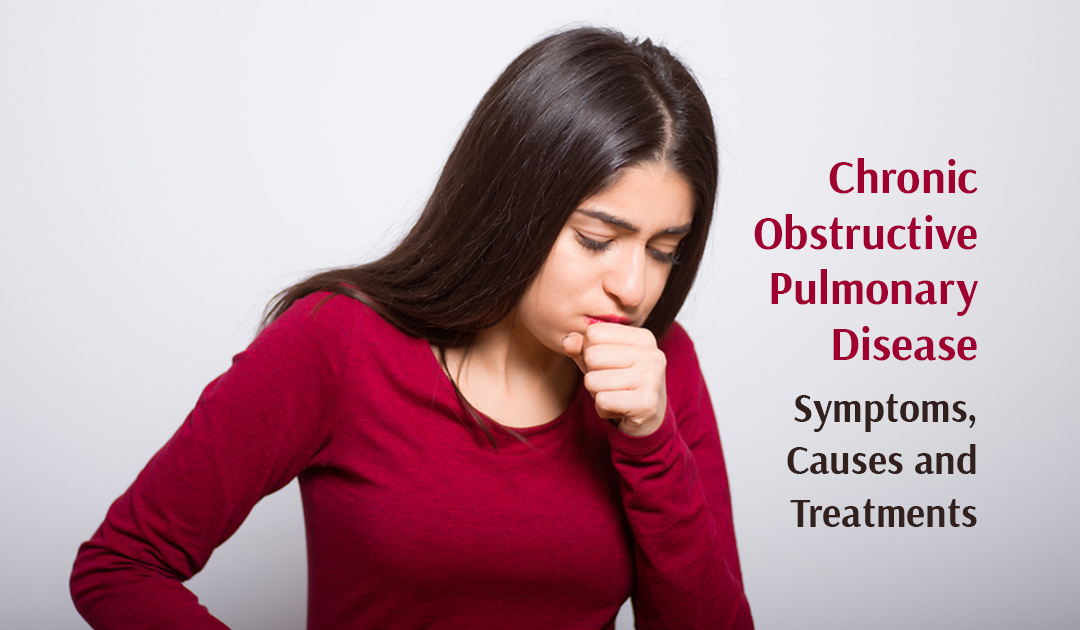
Chronic Obstructive Pulmonary Disease: Symptoms, Causes and Treatments
One frequent lung condition that impairs breathing and restricts airflow is chronic obstructive pulmonary disease, or COPD. It is also referred to as chronic bronchitis or emphysema at times. Individuals suffering from COPD may experience lung damage or phlegm blockage.
What are some symptoms of COPD?
- Difficulty Breathing
- Cough
- Exhaustion
The symptoms of COPD can deteriorate rapidly. Flare-ups are the term for this. These typically require extra medication and last for a few days.
Additionally, there is an increased risk of various health issues in those with COPD. They consist of:
- lung infections, such as pneumonia or the flu
- lung cancer
- fragile bones and weak muscles
- anxiety and depression
Common COPD symptoms appear in middle age and beyond. People find it harder to perform their regular daily tasks when their COPD worsens, frequently because they are breathless.
Emphysema and chronic bronchitis are other names for COPD. Emphysema often refers to the lungs’ small air sacs at the end of the airways being destroyed. The term “chronic bronchitis” describes a persistent cough that produces phlegm due to airway irritation.
What are some common Causes?
A number of mechanisms can constrict the airways, which can result in COPD. The airway lining may be inflamed and swollen, mucus may obstruct the airways, and portions of the lung may be destroyed.
Over time, COPD slowly worsens and is frequently caused by a confluence of risk factors:
- tobacco exposure through active smoking or passively breathing in secondhand
- smoke; dust, fume, or chemical exposure at work;
- Indoor air pollution
- premature birth, low birth weight, preterm, and recurrent or severe respiratory infections in childhood that limit lung development
- childhood asthma
- early-onset COPD may result from a rare genetic disorder known as alpha-1 antitrypsin deficiency.
What are some Treatment options?
Vaccinations, quitting smoking, and reducing exposure to air pollution can all help improve COPD symptoms, though it cannot be cured. Medications, oxygen, and pulmonary rehabilitation are available forms of treatment.
For COPD, there exist multiple therapeutic options.
- Treatments mostly involve inhaled medications that widen and lessen airway edema.
- The most vital medications for COPD treatment are bronchodilator inhalers. To maintain open airways, they loosen up.
- Administered quickly, short-acting bronchodilators have a 4–6 hour half-life. During flare-ups, they are routinely utilized.
- Although they start operating more slowly, long-acting bronchodilators have a longer half-life. They are taken on a daily basis and can be used in addition to steroids inhaled.
You could also try these other treatments:
- Medication for flare-ups frequently consists of antibiotics and steroids.
- People with severe or long-term COPD are treated with oxygen.
- Exercises for breathing better and increasing exercise capacity are taught in pulmonary rehabilitation.
- For those with severe COPD, surgery may be able to alleviate symptoms.

